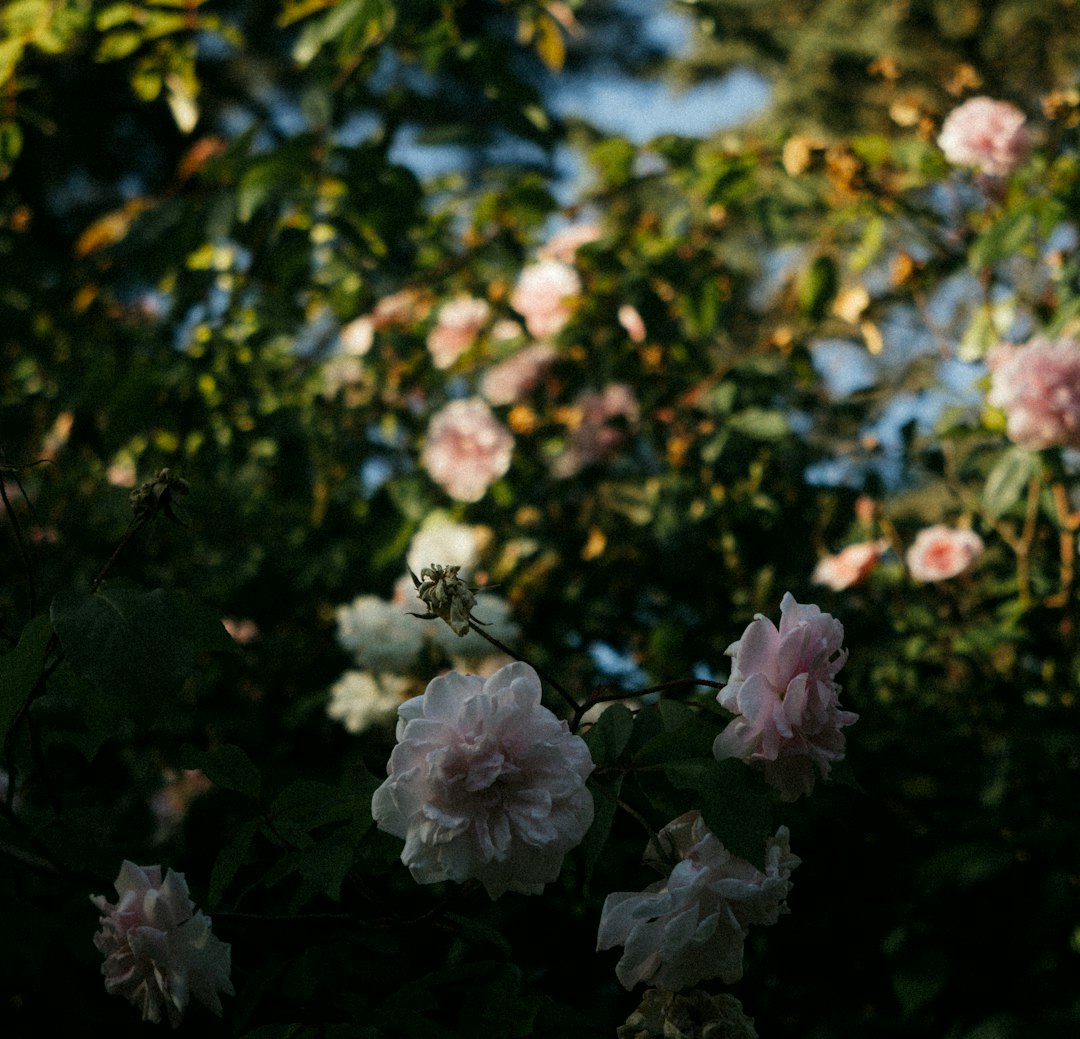
Maintaining a lush, easy - care lawn is a dream for many homeowners. With the right lawn fertilizing practices, this dream can become a reality. Smart fertilization not only enhances the beauty of your yard but also promotes the health of your grass, making it more resistant to pests and diseases.
First and foremost, understanding the nutrient needs of your lawn is crucial. Different types of grass have different requirements. For example, cool - season grasses like Kentucky bluegrass and fescue thrive with a balanced supply of nitrogen, phosphorus, and potassium. Nitrogen is essential for the lush green color and rapid growth of the grass. Phosphorus aids in root development, which is vital for the overall health and stability of the lawn. Potassium helps the grass withstand stress, such as drought and cold temperatures.
One of the smartest practices is to conduct a soil test. A soil test will provide you with detailed information about the nutrient levels in your soil. You can purchase a soil testing kit at your local garden center or send a sample to a professional laboratory. Based on the results of the soil test, you can determine the exact type and amount of fertilizer your lawn needs. This targeted approach ensures that you are not over - or under - fertilizing, which can be harmful to the grass and the environment.
Timing is also a key factor in lawn fertilization. For cool - season grasses, the best time to fertilize is in the early spring and the fall. In the spring, fertilizing helps the grass recover from the winter and promotes early growth. In the fall, it strengthens the roots and prepares the grass for the cold months ahead. For warm - season grasses like Bermuda grass and zoysia grass, the optimal fertilizing time is during the late spring and summer when they are actively growing.
When applying fertilizer, it's important to use the right equipment. A broadcast spreader is a popular choice for large lawns as it distributes the fertilizer evenly. For smaller lawns, a handheld spreader may be sufficient. Make sure to follow the manufacturer's instructions on the spreader to ensure accurate application. Also, be careful not to over - apply the fertilizer near sidewalks, driveways, or water sources, as runoff can cause pollution.
Another important aspect is the type of fertilizer to use. There are two main types: synthetic and organic. Synthetic fertilizers are fast - acting and provide an immediate boost of nutrients to the grass. However, they can also have a negative impact on the environment if not used properly. Organic fertilizers, on the other hand, are made from natural materials such as compost, manure, and bone meal. They release nutrients slowly over time, improving the soil structure and promoting long - term soil health. Many gardeners prefer to use a combination of both synthetic and organic fertilizers to get the best of both worlds.
Proper watering after fertilization is essential. Watering helps the fertilizer dissolve and reach the roots of the grass. It's recommended to water the lawn lightly immediately after applying the fertilizer and then give it a deep watering a few hours later. This ensures that the nutrients are absorbed effectively by the grass.
In addition to fertilizing, regular mowing and aeration are also important for a healthy lawn. Mowing at the correct height helps the grass develop a strong root system. For most cool - season grasses, a mowing height of 2.5 to 3 inches is ideal, while warm - season grasses can be mowed a bit shorter, around 1.5 to 2 inches. Aeration, which involves creating small holes in the soil, allows air, water, and nutrients to penetrate deeper into the roots. It can be done once or twice a year, depending on the condition of your lawn.
By following these smart lawn fertilizing practices, you can create a lush, easy - care lawn that will be the envy of your neighborhood. Remember, a healthy lawn not only adds beauty to your property but also provides a safe and enjoyable space for your family and friends to relax and play.

The Secret to Squirrel - Free Potted Plants
The Secret to Squirrel - Free Potted Plants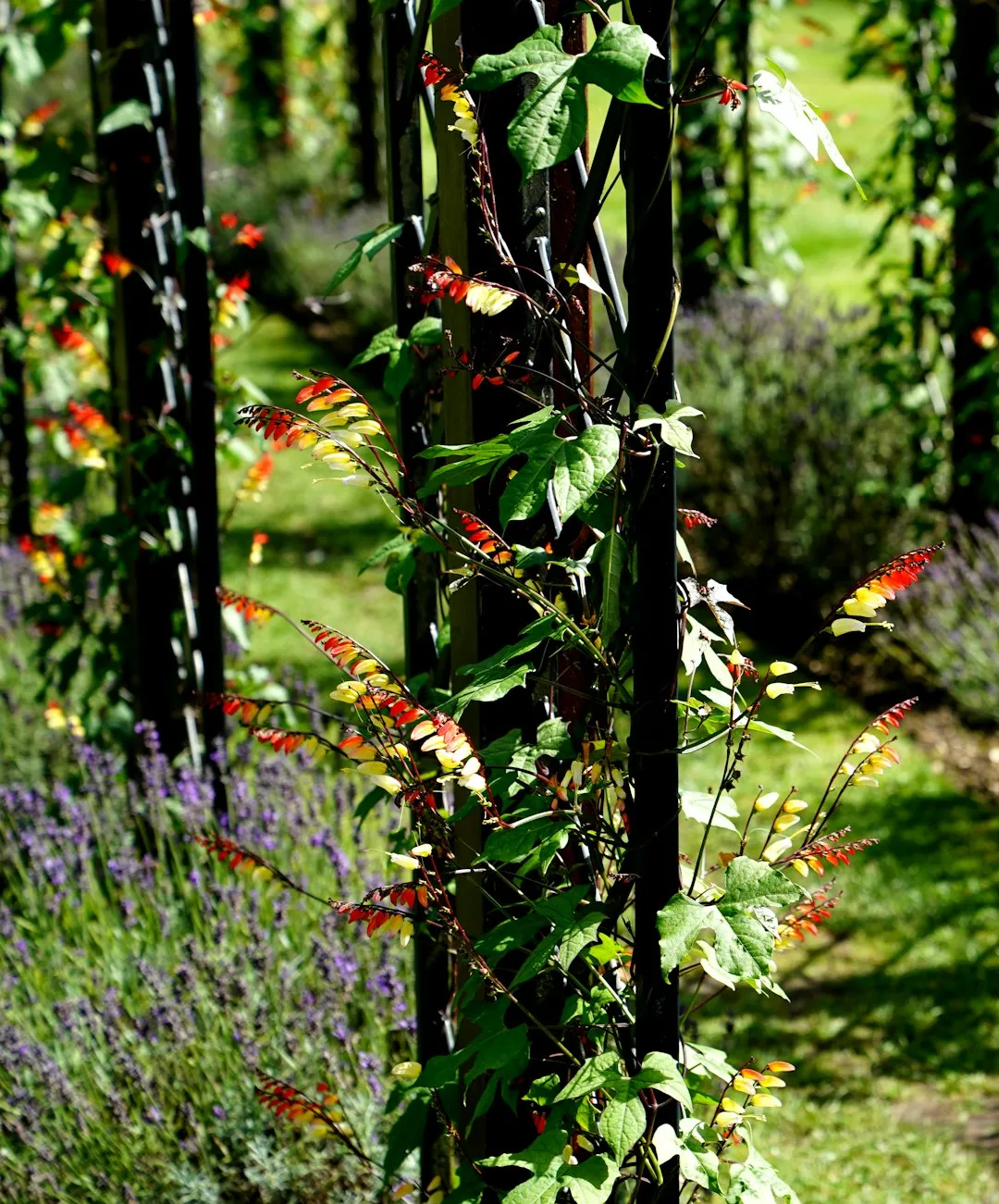
Sweet Rewards: Cultivating Berries in Containers
Sweet Rewards: Cultivating Berries in Containers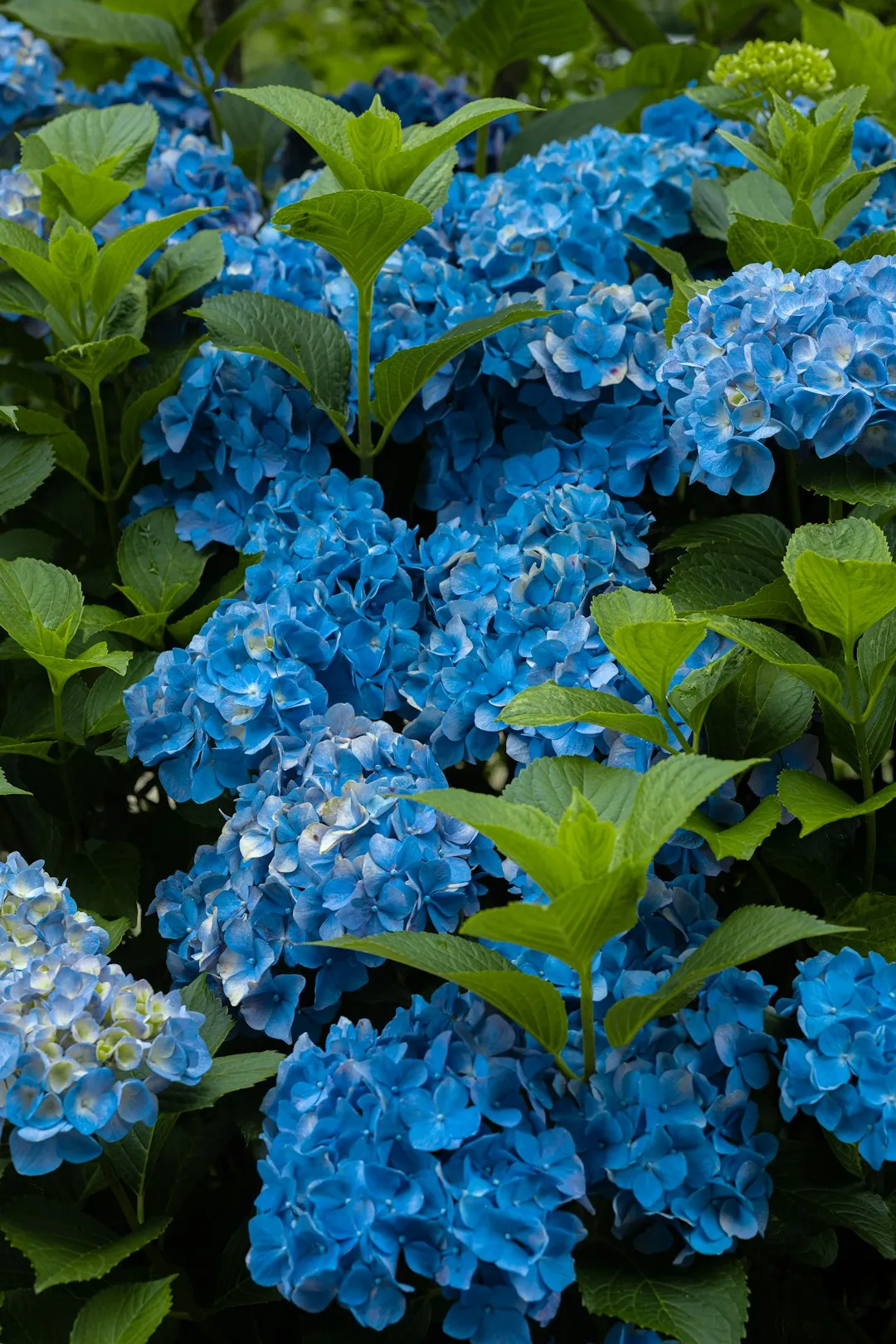
Unveiling the Secrets of a Stunning Lawn
Unveiling the Secrets of a Stunning Lawn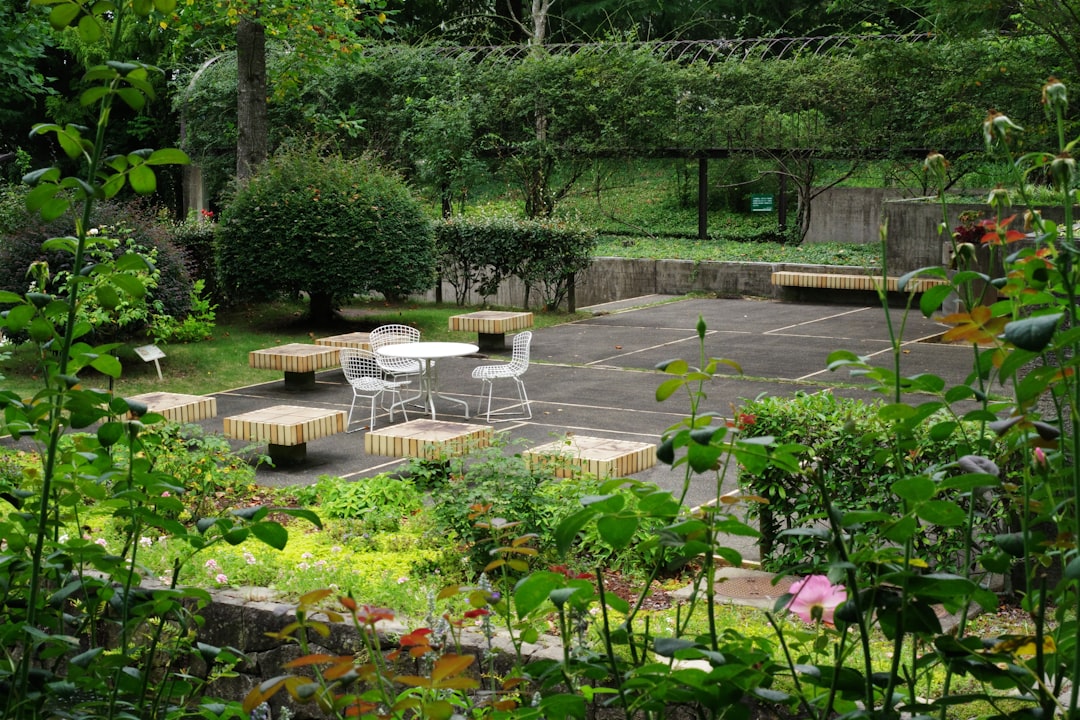
Fall Lawn Maintenance: The Key to a Healthy Yard in Winter
Fall Lawn Maintenance: The Key to a Healthy Yard in Winter
The Secret to Soil Amendment Without Uprooting Your Plants
The Secret to Soil Amendment Without Uprooting Your Plants
Unleash Your Garden's Potential: The Art of Seed Collection
Unleash Your Garden's Potential: The Art of Seed Collection
Pre - Summer Yard Care Essentials
Pre - Summer Yard Care Essentials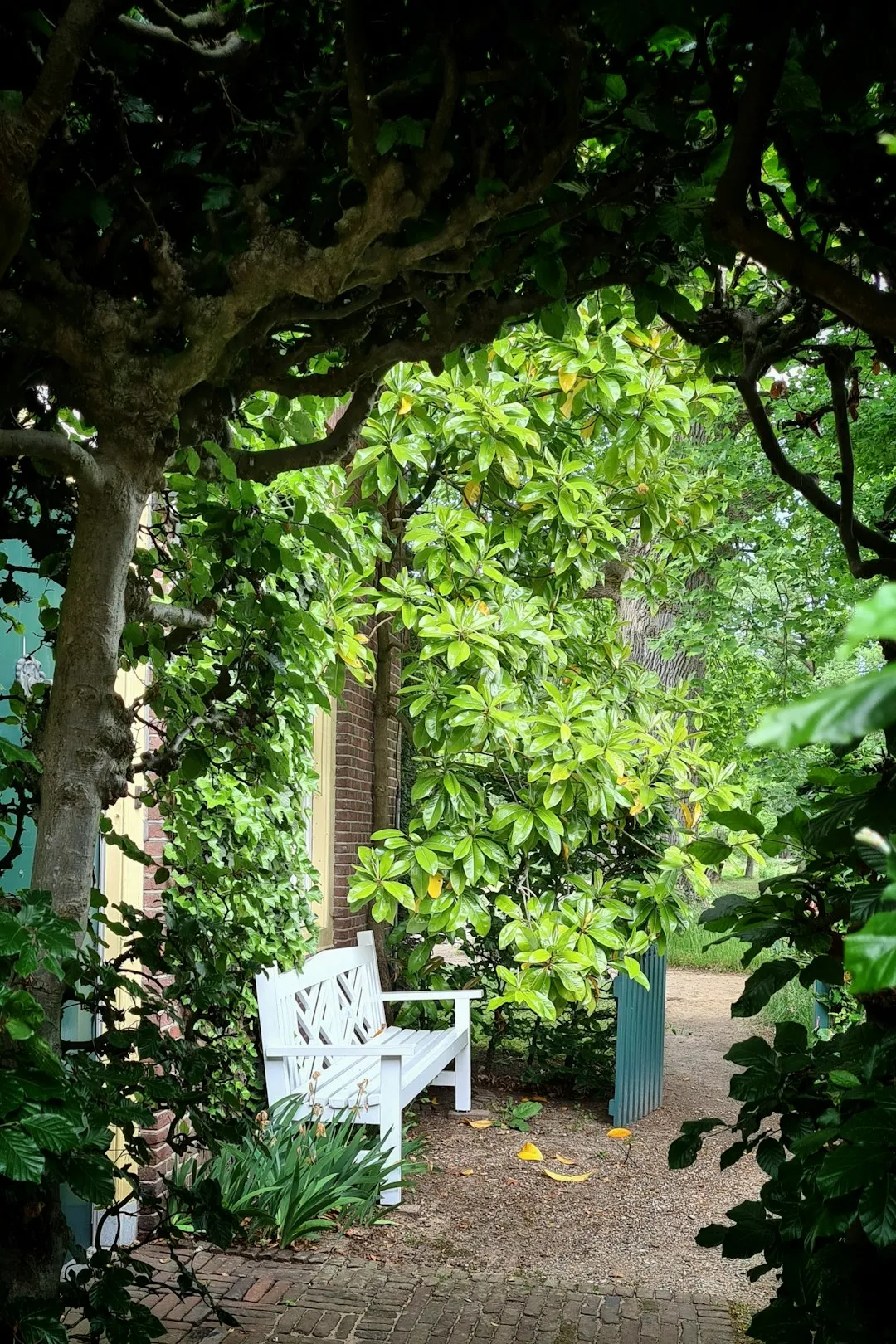
Weathering the Storm: Nurturing Your Garden in Extreme Conditions
Weathering the Storm: Nurturing Your Garden in Extreme Conditions
Summer Pruning: The 10 Flowering Plants to Leave Alone
Summer Pruning: The 10 Flowering Plants to Leave Alone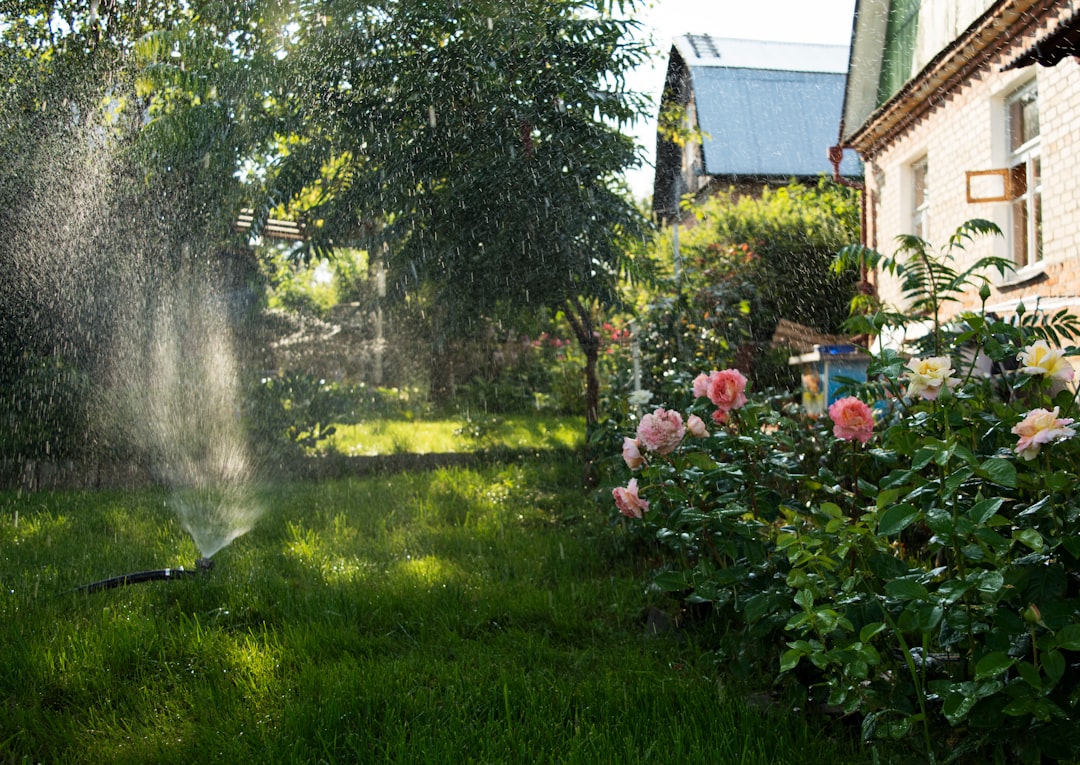
Unveiling the Hidden Gems of Perennial Gardening
Unveiling the Hidden Gems of Perennial Gardening
Unleashing the Beauty of Perennial Black - Eyed Susans in Your Garden
Unleashing the Beauty of Perennial Black - Eyed Susans in Your Garden
Unveiling the Secrets of Trillium Growth
Unveiling the Secrets of Trillium Growth
The All - Season Charm of Sedum Plants
The All - Season Charm of Sedum Plants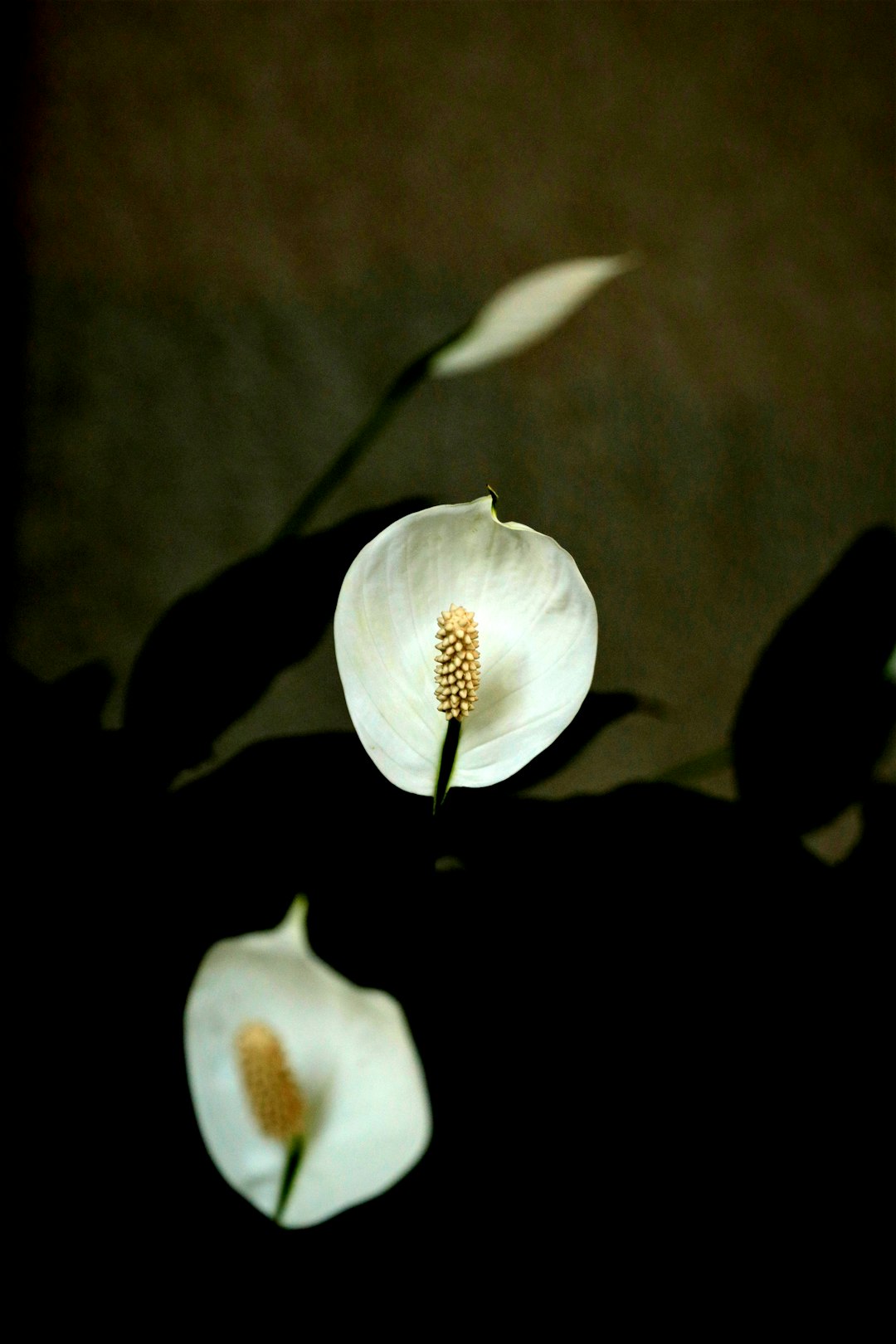
Banishing Snakes from Your Yard: Simple Solutions
Banishing Snakes from Your Yard: Simple Solutions
Secrets to a Bug - Free Garden: Conquering Squash Bugs Naturally
Secrets to a Bug - Free Garden: Conquering Squash Bugs Naturally
Transform Your Yard: Banish Crabgrass for Good
Transform Your Yard: Banish Crabgrass for Good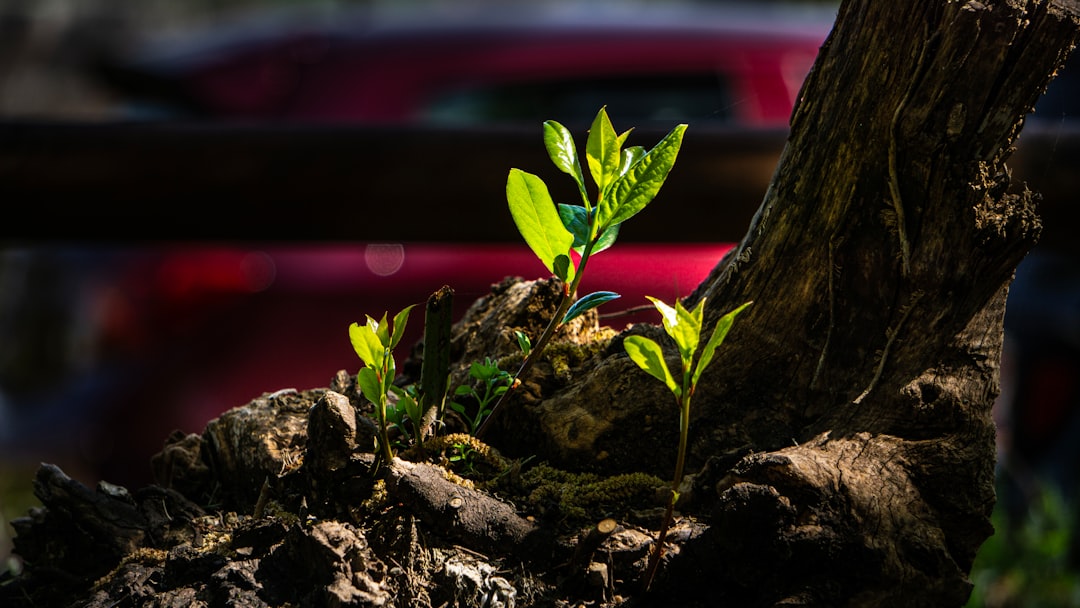
Unveiling the Wonders of a Low - Sun Garden
Unveiling the Wonders of a Low - Sun Garden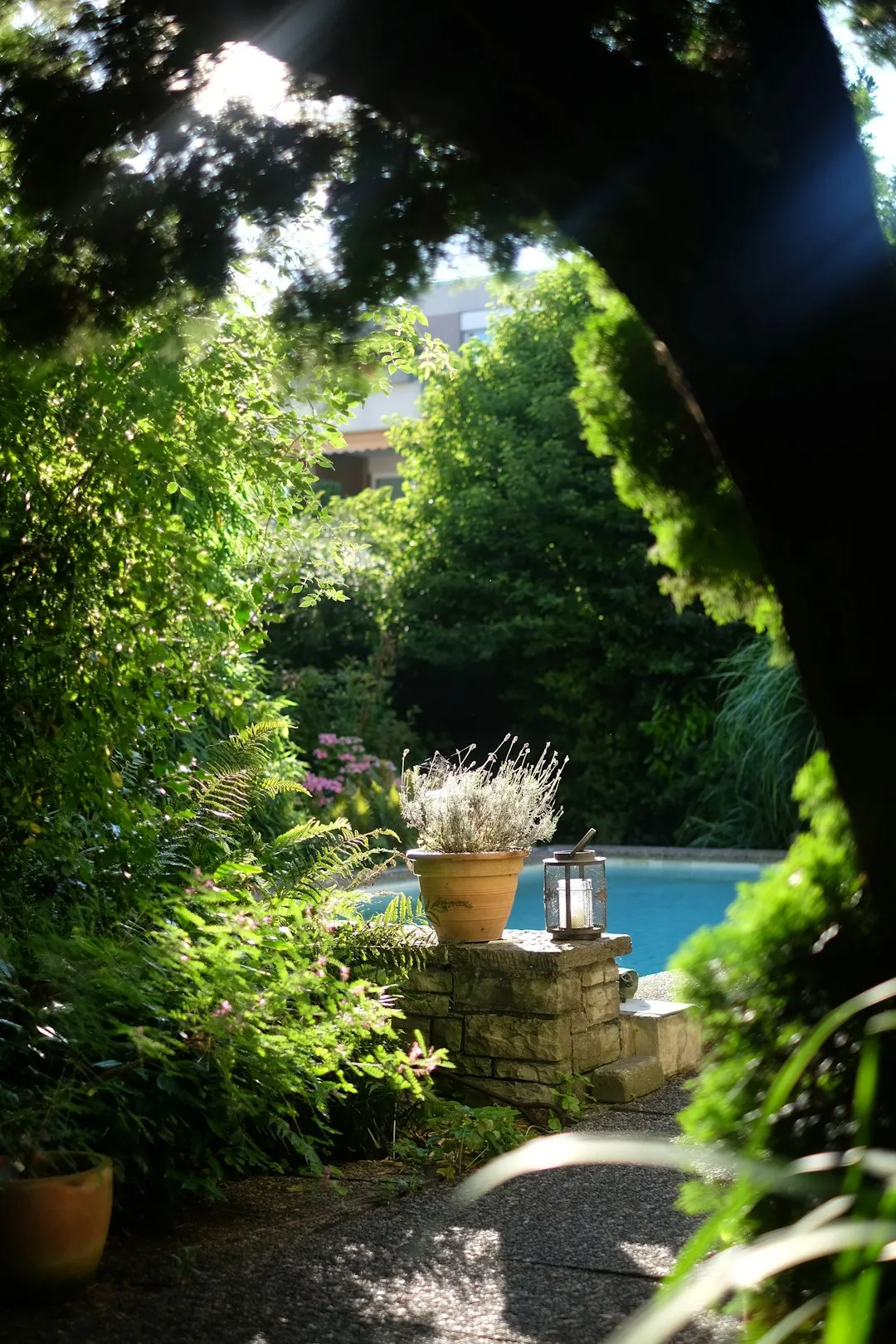
Unleash Your Garden's Potential: The Magic of Lasagna Gardening
Unleash Your Garden's Potential: The Magic of Lasagna Gardening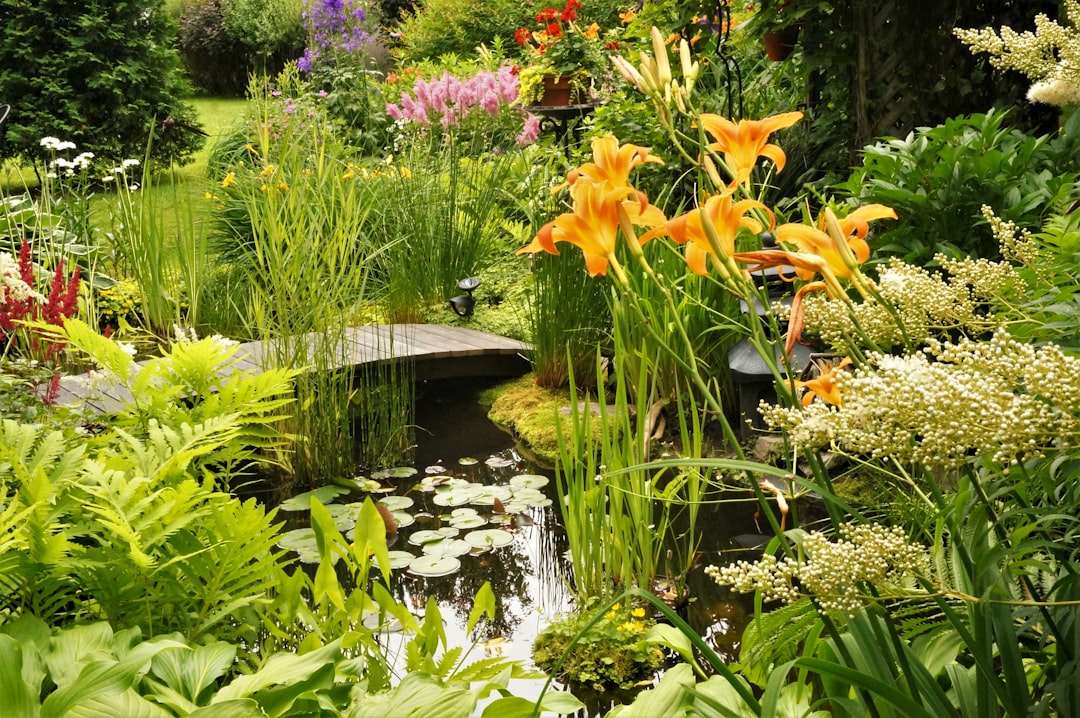
Unveiling the Mysteries of Lunar Gardening
Unveiling the Mysteries of Lunar Gardening
Unleash Your Inner Herbalist: A Guide to Indoor Herb Gardening
Unleash Your Inner Herbalist: A Guide to Indoor Herb Gardening